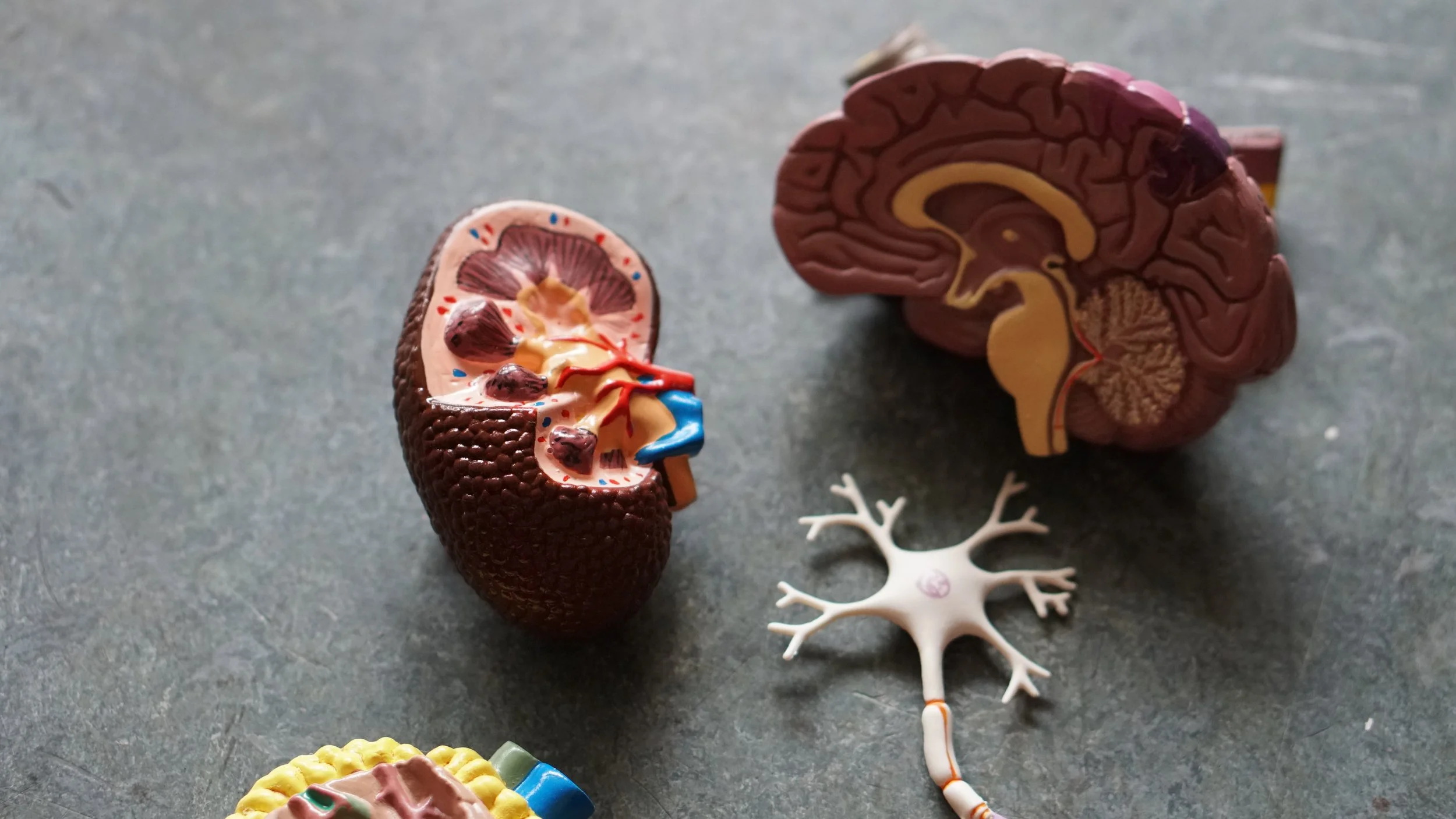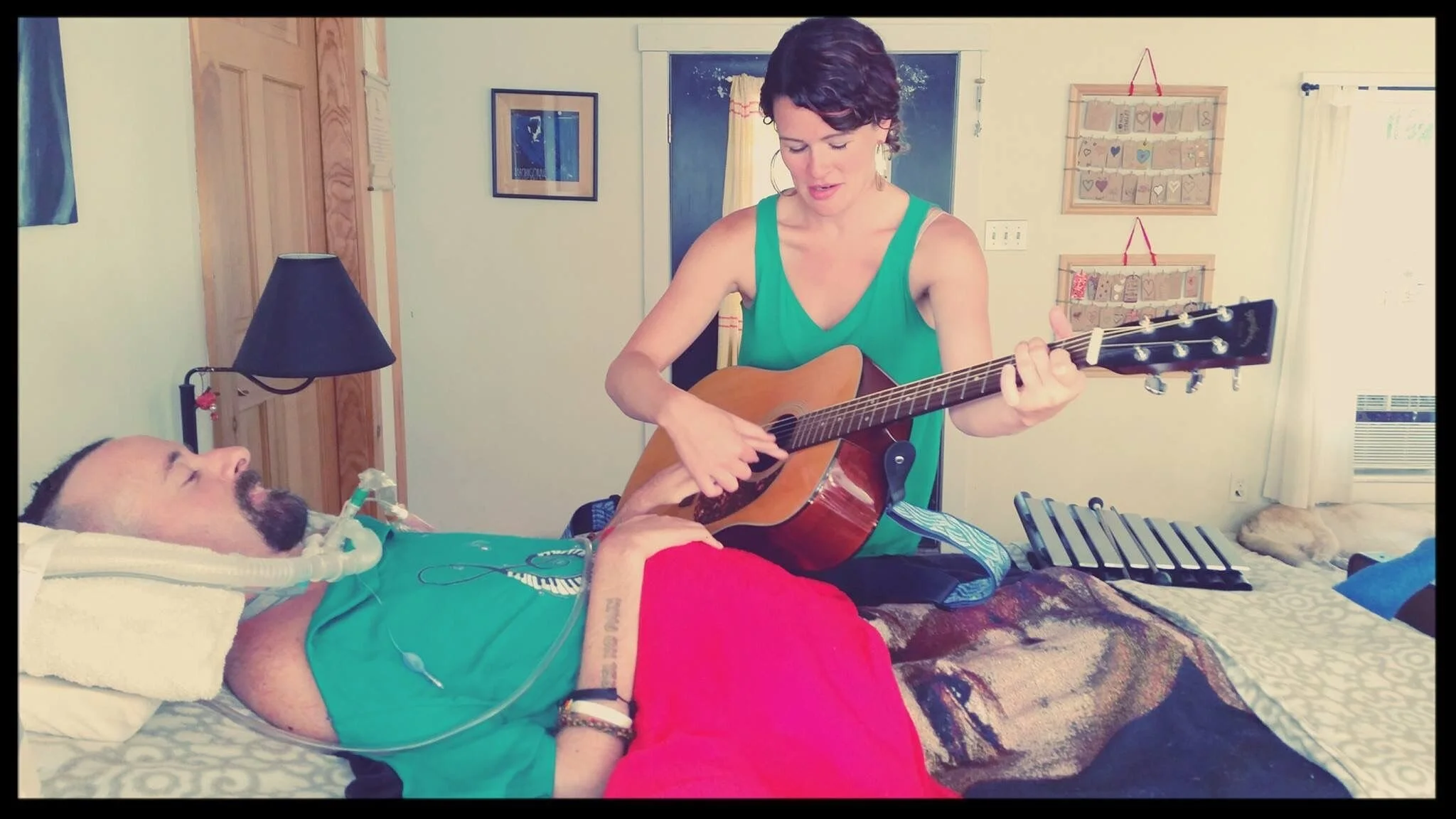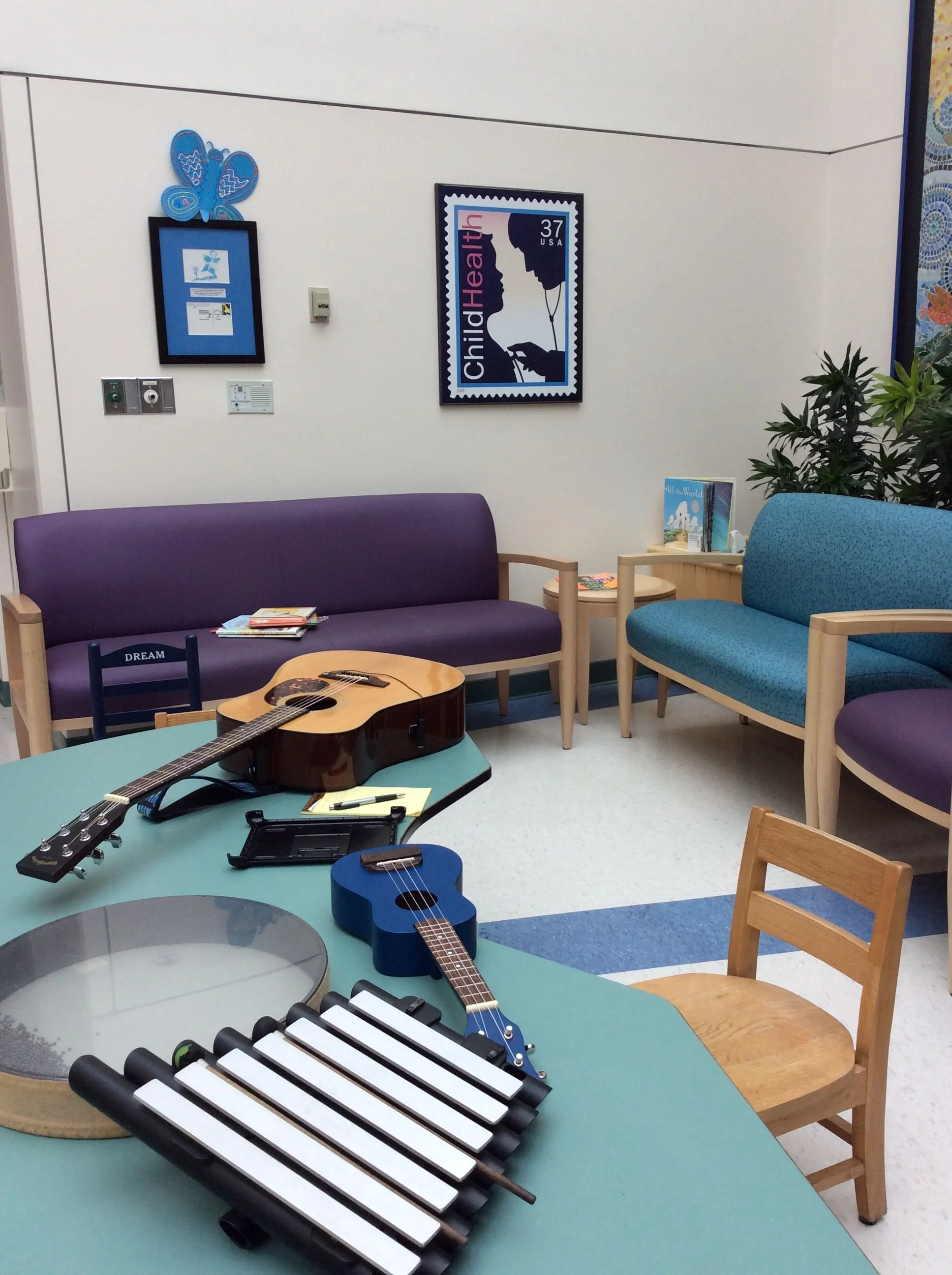Music is highly structured, made up of multiple elements all at once- rhythm, tempo, melody, harmony, timbre, genre. So to participate in even listening to music, we are using parts of our brain that deal with complex perception, motor control, emotional regulation, timing, hearing, language, memory, executive control. Music activates these areas and drives complex interaction between them. Using the simple form of music, like a 12 bar blues, we can retrain and reeducate an injured brain by making space for the brain to fill in notes and rhythm. Research has shown that learning music helps areas in the brain grow and reconnect.
Read MoreAlthough I work with many different ages and populations as a music therapist, my work primarily focuses on oncology patients, and adults with intellectual or developmental disabilities and brain injury. I also work with people experiencing general stress. I develop clear goals and objectives for each individual client that work in conjunction with their overall plan of care using both interactive and receptive music therapy techniques.
Read MoreThrough music therapy, clients' abilities are strengthened and transferred to other areas of their lives. For example, music therapy was an integral part of Congresswoman Gabby Gifford’s rehabilitation to regain her speech after surviving a bullet wound to her brain… Music therapists work with adults with Parkinson’s disease to improve motor function and older adults to lessen the effects of Alzheimer’s. Music therapy can reduce physical pain and provide emotional support for clients and their families.
Read MoreWorking together, we used music as a distraction, as a reward, and as the motivation. Responding to Mia’s actions and moods through musical improvisation meant that she felt understood and was more motivated to participate in the therapy session. The music pushed her to lift higher, stretch longer, and laugh in the middle of crying.
Read More




